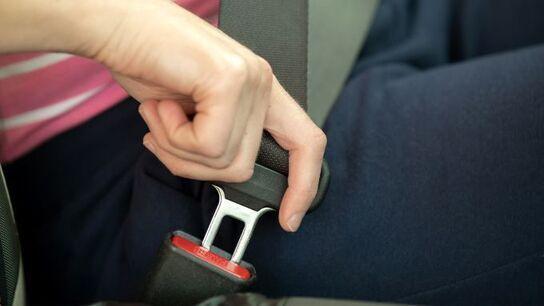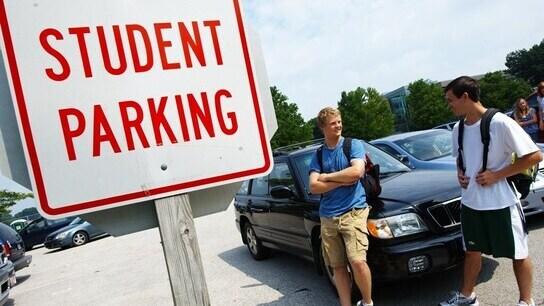Transportation Equity
Transportation should be accessible and safe for everyone. However, different groups of people carry unequal burdens, like higher risk of crash injuries and fatalities. New Jersey is taking a people-focused approach to close these gaps with the NJ-SHO Data Dashboard. This novel data linkage allows us to see how crash rates and driver behaviors differ by age, sex, and race and ethnicity, as well as by residential areas.
Equity is also important at the community level. By including equity indicators like community resilience and social vulnerability, we can better understand why certain communities may be at risk and identify ways to help reduce that risk. Because no single measure of transportation equity can completely describe the variability across NJ, the dashboard includes several, offering insights into different aspects of a community’s advantage, disparity, and vulnerability. The NJ-SHO Center for Integrated Data team is conducting applied studies designed to not only identify sources of disparities and inequities, but also to directly inform the development of real-world interventions and other resources.

By using more than just crash data and incorporating additional information on those involved in crashes and where they live, the NJ-SHO Data Dashboard can help communities identify the most vulnerable residents and tailor effective countermeasures so that we can achieve transportation equity for all.
TRANSPORTATION EQUITY RESOURCES
Explore Transportation Equity Data
Want to dig into the data? Use our data dashboard to explore all the data on the topic.






